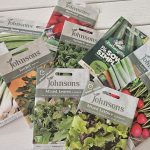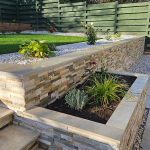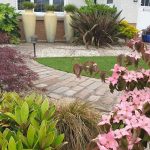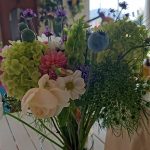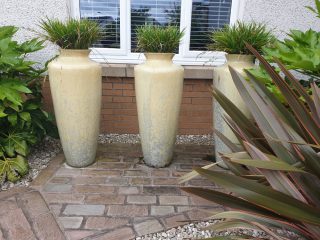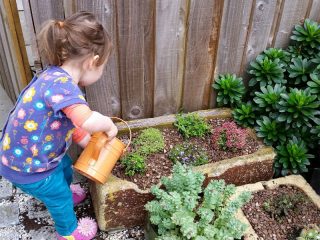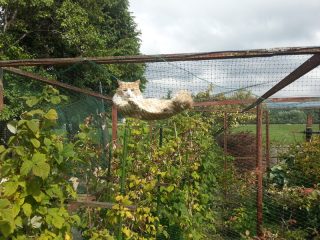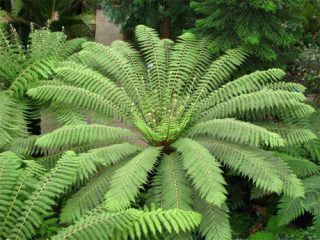Take A Walk On The Wild Side…
Tuesday, 12 May 2015
Do you fancy being a wildlife warden in your own nature reserve? If you go about creating a wildlife garden correctly (and not just leaving a bit of your garden to go wild) you will be rewarded with countless visits by new birds, insects, animals and amphibians. You might even get an increase in crop yield from your veg and fruit. And helping out wildlife doesn’t mean you have to compromise on design either.
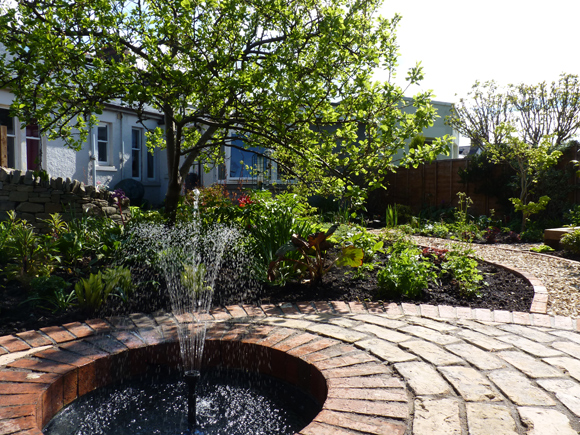
A wildlife garden doesn’t need to compromise on style
Why should we encourage wildlife into our gardens?
Lots of indigenous creatures like hedgehogs, sparrows, stag beetles and song thrushes are continuing to struggle in the UK. But with more than 16 million gardens in the UK, imagine the difference we could make if we all did a little bit more in our gardens to help.
We have recently redesigned the gardens at Jupiter Urban Wildlife Centre for the Scottish Wildlife Trust. It’s been incredibly rewarding seeing how our designs can make a real difference to wildlife on that reclaimed industrial wasteland and look beautiful at the same time. Whether you are thinking of a whole new garden design that centres around wildlife or if you have an area you could designate for them, there are lots of ways you can really make a difference.
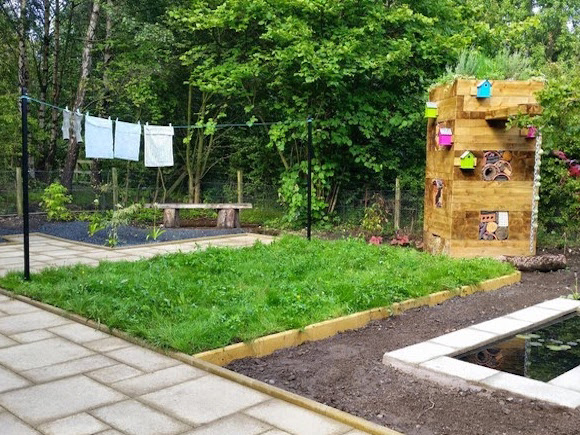
The new Jupiter Urban Wildlife Centre which Vialii designed features funky bug hotels as well as a pond and living walls
Before you embark on your wildlife garden…
If you’re looking at a new garden design, you first need to determine just what you want to use your garden for and who will be using it. Once you have the basic structure of patios, seating areas, paths, veg areas, borders and lawns sorted you can then start thinking about the smaller creatures who also enjoy hanging out in your garden (wildlife that is, hopefully you’ve already thought about children and pets!)
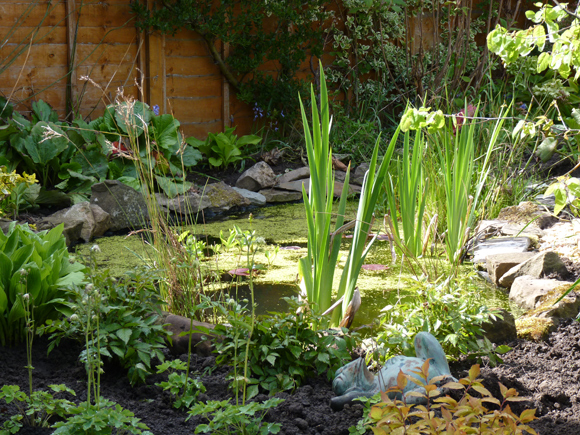
The pond we built in this Edinburgh garden is a haven for wildlife
Things to consider in a wildlife garden
Pond
The single most beneficial item you can introduce in your wildlife garden design is a pond. Ideally don’t add fish as they will eat visiting wildlife which kind of defeats the purpose! Make sure one side of the pond has a more gradual sloping side to allow creatures easy access.
Planting
By being intelligent with the choice of flowers you can provide pollen and nectar for bees, butterflies and other pollinating insects. That has the added benefit of helping with any pollination in your veg and fruit plots. Pick a range of flowers so that nectar and pollen is available from spring (e.g crocuses) through to autumn (e.g. Michaelmas daisies). Also ensure you have a mix of trees and shrubs. Larger trees are great at providing food and shelter for a range of wildlife. Also, 96% of our native wildflower meadows have been lost in the last 60 years so by including one in your garden you can help restore the balance. They are relatively low maintenance and you can even mow a path through it to add intrigue and encourage exploration in your garden design.
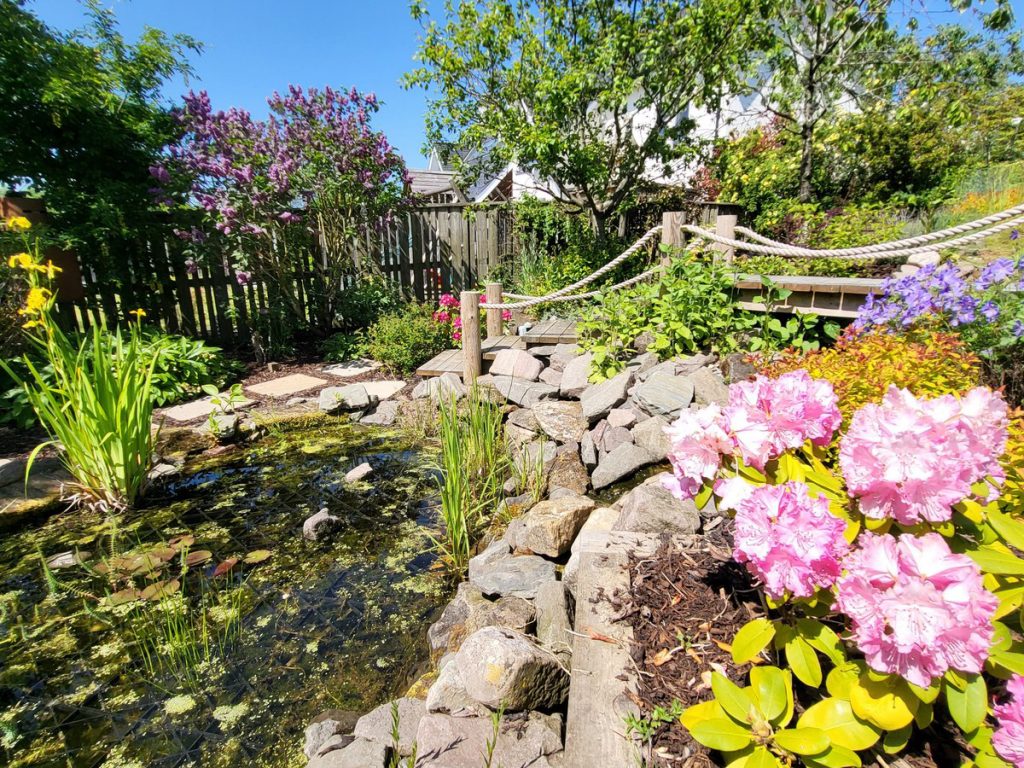
A stunning garden pond we created
Wood piles
Decaying wood is increasingly rare in the countryside so by leaving a pile of dead wood you’ll benefit stag and bark beetles and their grub as well as many fungi. You can be creative with the structure of the pile and can make it look quite architectural or funky.
Create alternative habitats
Another more rustic idea is to make a rock garden that will attract important flying insects such as mason bees. During their 6-8 week life they will help pollinate your fruit trees. They need a source of mud but with our climate in Scotland this is not normally a problem! They also need a shelter. Mason bees’ nesting holes are ideally 5mm diameter and 15cm deep. You can provide paper straws or bamboo tubes in these dimensions and perhaps tuck them in an upturned flowerpot or buy a commercially available option.
Solutions for smaller spaces
If you’re short on space or can’t commit to a complete garden design, you can still help out wildlife. You could plant up a hanging basket with ox-eye daisies, lavender, wild pansies and honeysuckle to encourage bees and butterflies. Or just fill a planter with wildflower seeds rather than having a full meadow area.

The correct planting will help encourage wildlife into your garden
If you hanker after a pond but think you’ve not got the space you could create a pond in a pot. You just need a water tight container – how about up-cycling an old Belfast sink with the hole plugged? Place 2-4cm of peat-free compost in the bottom and cover with gravel. Fill the container with water (rainwater is ideal but if using tap water leave for 2-3 days). Then plant up once the water has cleared. Use oxygenating plants which will survive in water. You can make a little shelf and plant marginals. All you need to do then is keep the water levels topped up (again using rainwater to reduce likelihood of algal blooms) and enjoy the new wildlife.
Think about your boundaries
Another option for a small wildlife garden is to make a functional item such as a fence into a living boundary by covering them with wildlife friendly flowering and berry producing plants. Honeysuckle bark makes good nest building material for birds and the flowers attract a plethora of insects. Clematis plants provide burst of colour for us and attract insects and provide shelter for birds. Ivy is another excellent option as the flowers provide autumn nectar for honey bees and red admiral butterflies, birds love the berries and lots of wildlife can use the plant for shelter.
If you are interested in creating a wildlife garden and need some help, contact us for a free design consultation.
Thanks for reading,
All at Vialii
